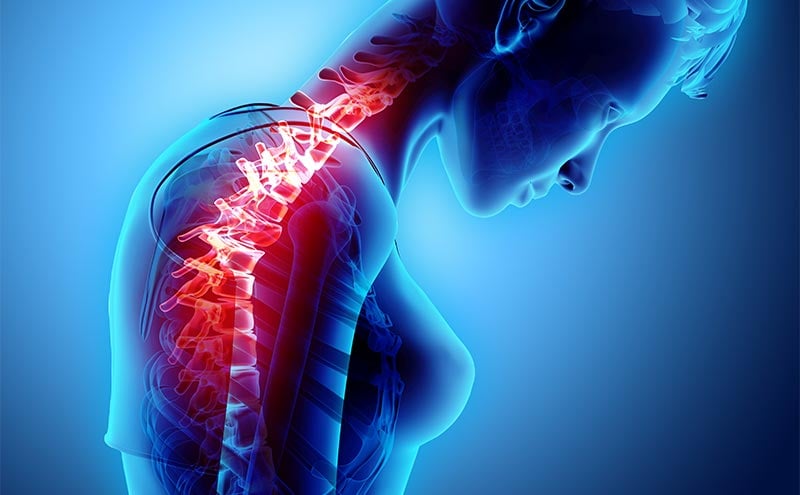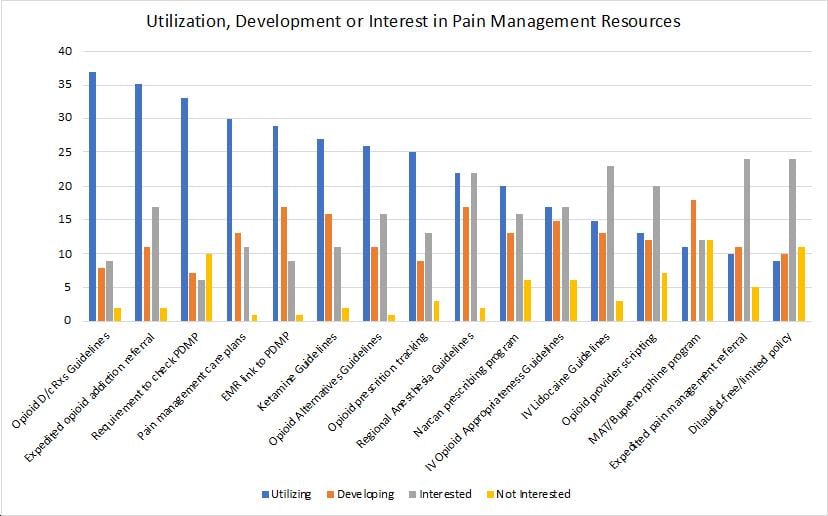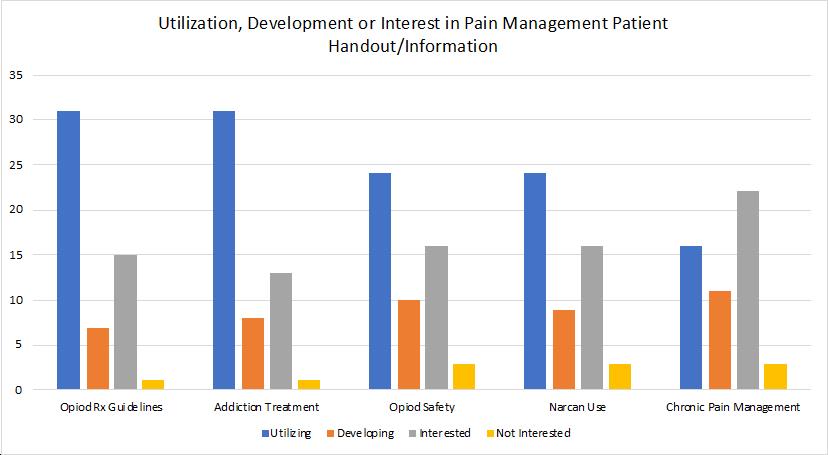
QIPS ED Pain Management Section Grant: Survey Summary
With increasing attention, work, and resources being dedicated to pain management in Emergency Departments, the ACEP Quality Improvement and Patient Safety Section received an ACEP section grant to survey pain management practices of EDs nationally. The goal of this work was to identify the prevalence of approaches to pain management as part of work to establish trends and gaps in pain management. These results can help to understand where success has occurred, if best practices are beginning to emerge, where needs exist, and to help direct future work and understand how this might be received.
A survey was developed through a workgroup of QIPS members and received IRB approval. The survey was then distributed to members of the ACEP Quality Improvement and Patient Safety Section as well as the Medical Director Section in an attempt to capture broad ED representation. A total of 56 responses were received including representation from 53 different EDs including 24 academic and 29 non-academic EDs. Surveys were instructed to be completed as representative of departmental and not individual practices. Not all completed surveys included responses to all questions.
The first broad content area assessed was which resources/approaches that the respondents’ EDs are either currently utilizing or developing and if neither applied, what the interest would be in pursuing these resources/practices. This data is included in the graph below.

It is notable that the majority of practices included are either being utilized or developed in the majority of EDs surveyed. The most commonly employed practices include opioid discharge prescription guidelines, expedited opioid addiction referrals, pain management plans, and PDMP requirements/EMR based links. The approaches least utilized are dilaudid-free (or limited) policies, expedited pain management referrals, and MAT/Buprenorphine programs. In these areas however, the majority of EDs not utilizing/developing did indicate interest in these approaches. The one exception is MAT/buprenorphine for which equal responses indicating “interest” and “no interest” were received.
We also surveyed responding EDs regarding use/development or interest in several different patient information/handouts. This data is displayed below.

The most frequently utilized educational resources were for opioid prescription guidelines and addiction treatment. Resources on Narcan use and chronic pain management were least frequently utilized. However, for all 5 patient information areas surveyed, the vast majority of the respondents not utilizing/developing resources in their ED indicated interest in having these resources available.
These survey results are informative towards better understanding the current state of pain management approaches nationally. Of those surveyed, there are definite trends toward not only widespread work in many different pain management approaches, but also potential receptiveness to further resource development. Some controversial areas were also evident. While much more work to be one, these results are encouraging and demonstrate the efforts of many towards this important issue.
Brian Sharp, MD FACEP



